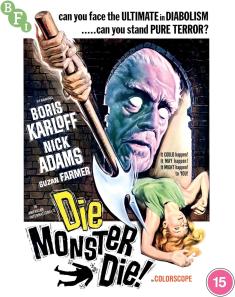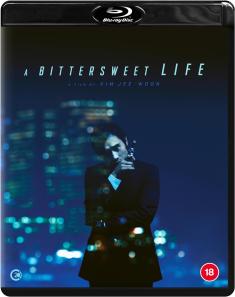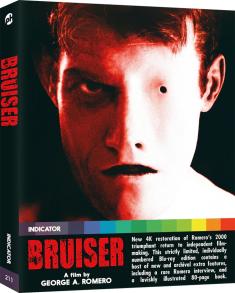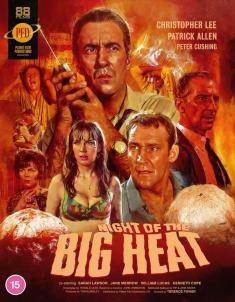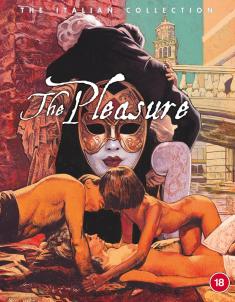D4: Dark Dreams Don't Die
Overview -
'D4: Dark Dreams Don’t Die' is an Xbox One exclusive by Access Games, a Japanese studio led by Hidetaka Suehiro (known as SWERY). Access Games has a reputation for unorthodox and occasionally divisive titles, and their latest title has stealthily hit the market after previously being touted by Microsoft. 'D4' is an investigative adventure game in an episodic format, with a prologue and two full episodes available as of this review.
Video Review
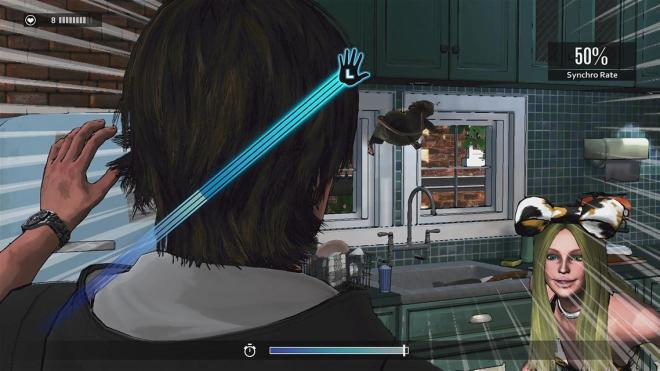
'D4' uses a cel-shaded art style which gives it a dynamic, wet-looking, comic book-style appearance. While there are examples of excellent color and detail, like a close-up of David’s eyeball, many of the characters have a stiff animation, and the background textures look like they would be right at home on the Xbox 360. There are a lot of dull browns and greens, without much contrast from surface to surface. There are some unsightly clipping issues as well, such as when the characters move and their angles don’t quite line up. The quality of facial features is pretty detailed, however, even with the aforementioned syncing problems.
Audio Review
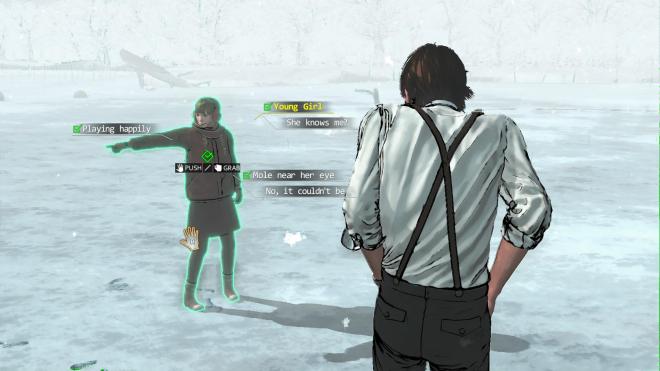
The game’s audio is not perfect, but does much towards immersing the player into the surreal, make-believe world of 'D4'. The soundtrack, while limited, is subdued and non-intrusive during the quieter, investigative segments, and picks up to a crescendo during stunt sequences and character drama. The best part of the soundtrack is the hopeful, plaintive piece that plays whenever David has a memory of his deceased wife. There is also a record player in the apartment that can be used to access tracks from records purchased from Amanda.
Final Thoughts

'D4: Dark Dreams Don’t Die' is an odd, quirky little game. It is not for everyone, and its cornucopia of bugs and stutters does not help its case. And yet, it does have a certain charm that started to grow on me during the second episode. Fans of SWERY’s previous outings will find a lot to like. It doesn’t have the legs of a full gaming "meal,” but it could serve as a light snack.





